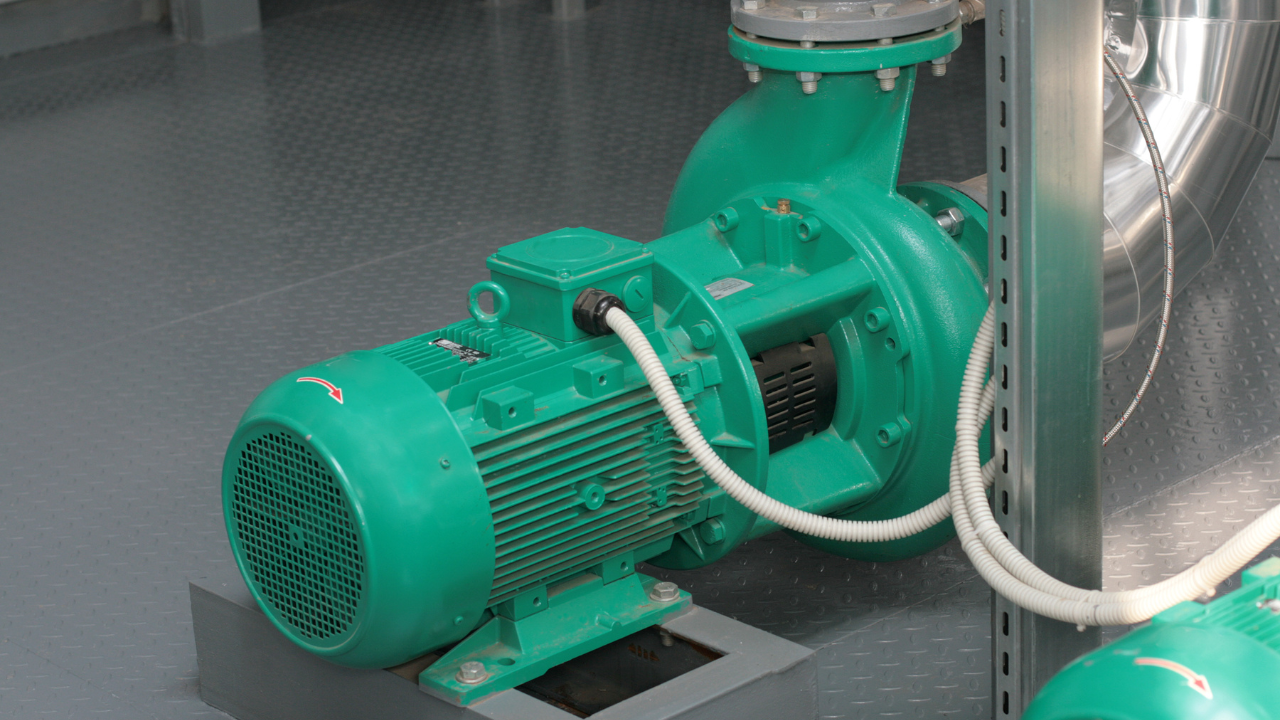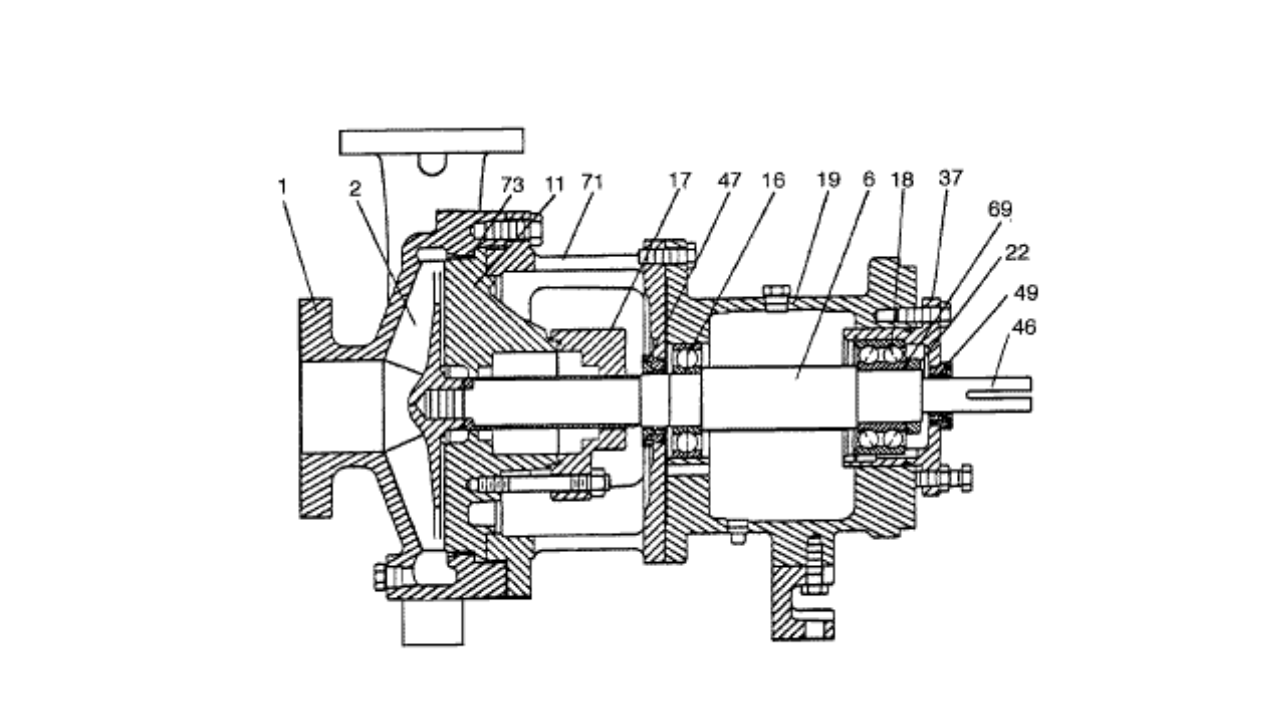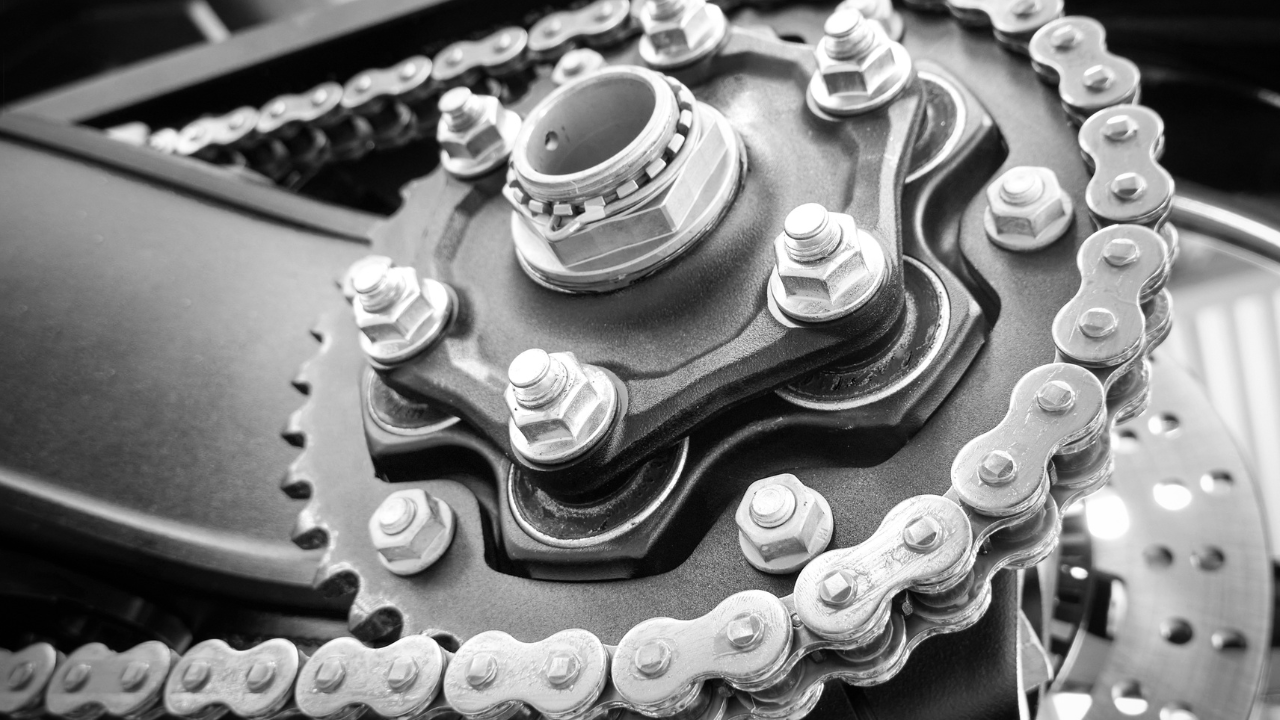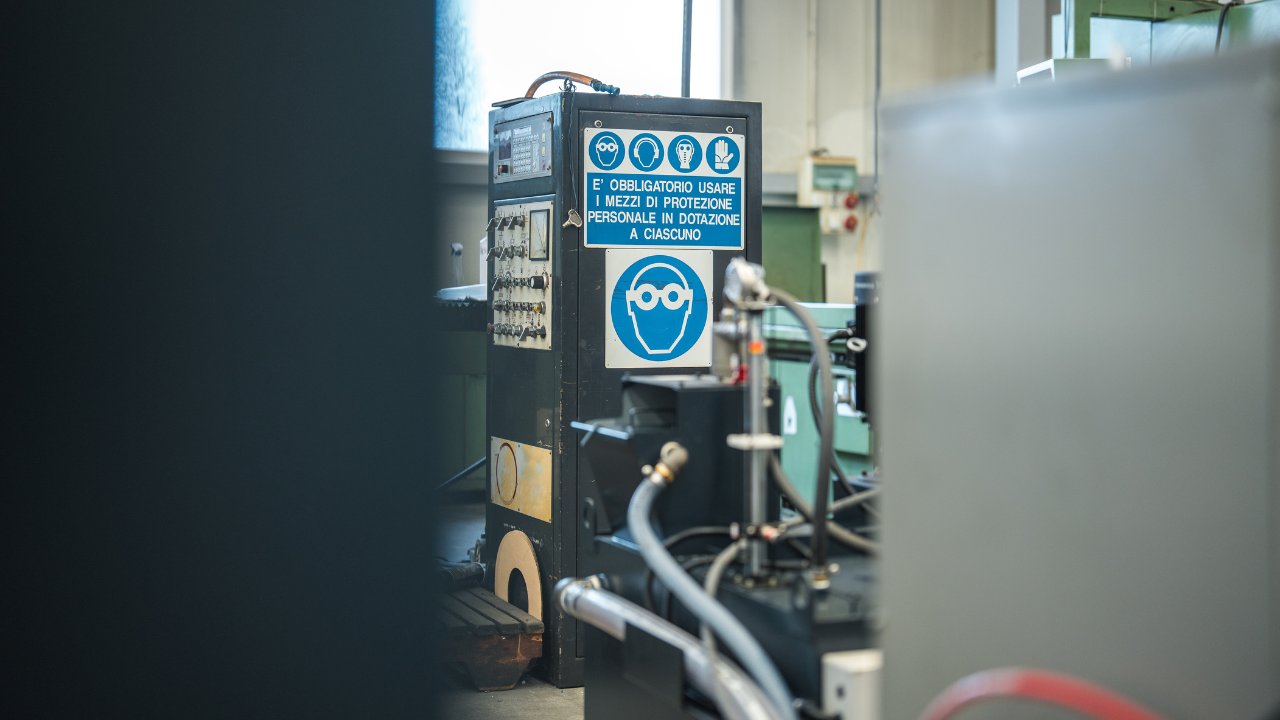Hydraulic Valves – Preventing Cavitation Damage
Insider Secrets To Hydraulics
A client recently asked me to advise them on the possibility of repairing a large hydraulic valve off a 400 ton excavator, used in open-cut mining.
The valve in question was a spool-type directional control. It had been badly damaged as a result of cavitation, which had occurred over a long period in service.
What is cavitation?
Cavitation occurs when the volume of fluid demanded by any part of a hydraulic circuit exceeds the volume of fluid being supplied.
This causes the absolute pressure in that part of the circuit to fall below the vapor pressure of the hydraulic fluid. This results in the formation of vapor bubbles within the fluid, which implode when compressed.
Cavitation causes metal erosion, which damages hydraulic components and contaminates the hydraulic fluid. In extreme cases, cavitation can result in major mechanical failure of pumps and motors.
While cavitation commonly occurs at the pump, it can occur just about anywhere within a hydraulic circuit.
In the hydraulic valve described above, the metal erosion in the body of the valve was so severe that the valve was no longer serviceable. The valve had literally been eaten away from the inside, as a result of chronic cavitation.
In this particular case the cause of the cavitation was faulty anti-cavitation valves, which are designed to prevent this type of damage from occurring.
How can this type of failure be prevented?
This example highlights the importance of checking the operation and adjustment of circuit protection devices, including anti-cavitation and load control valves, at regular intervals.
As in this case, if the faulty anti-cavitation valves had been identified and replaced early enough, the damage to this hydraulic valve and the significant expense of its replacement could have been avoided.
Related Articles

OEE: Overall Equipment Effectiveness

What the Pump Was Designed to Do and Why it Doesn't Do it

What is Wrong with the Modern Centrifugal Pump?

Digging Up Savings: Go with the Flow

Chain Drive Design Recommendations

Classifying Chemicals to Assure Effective Sealing




